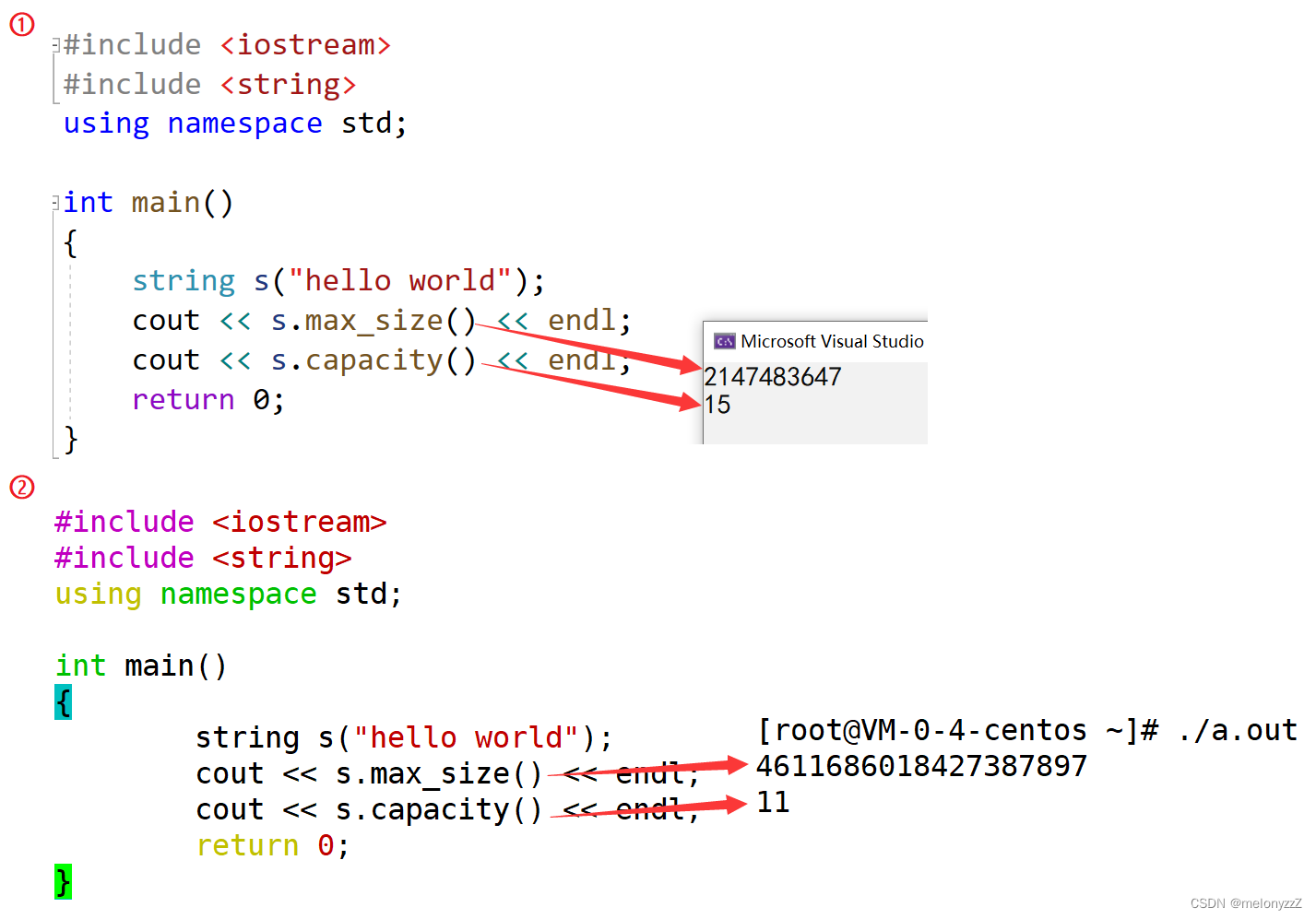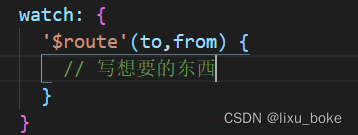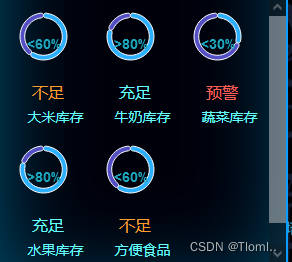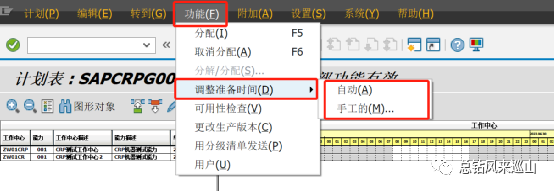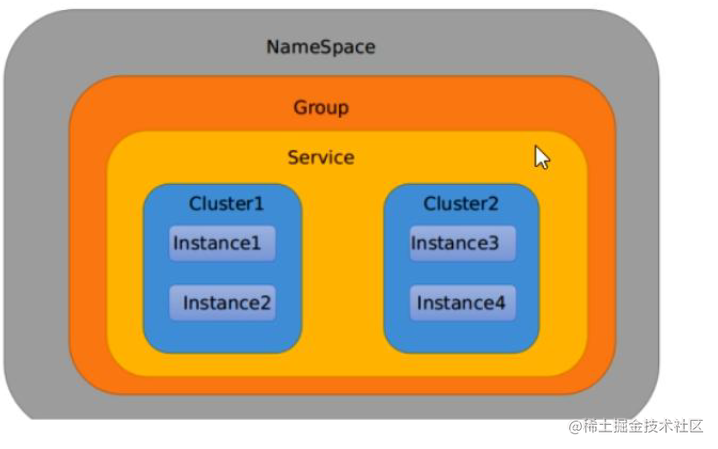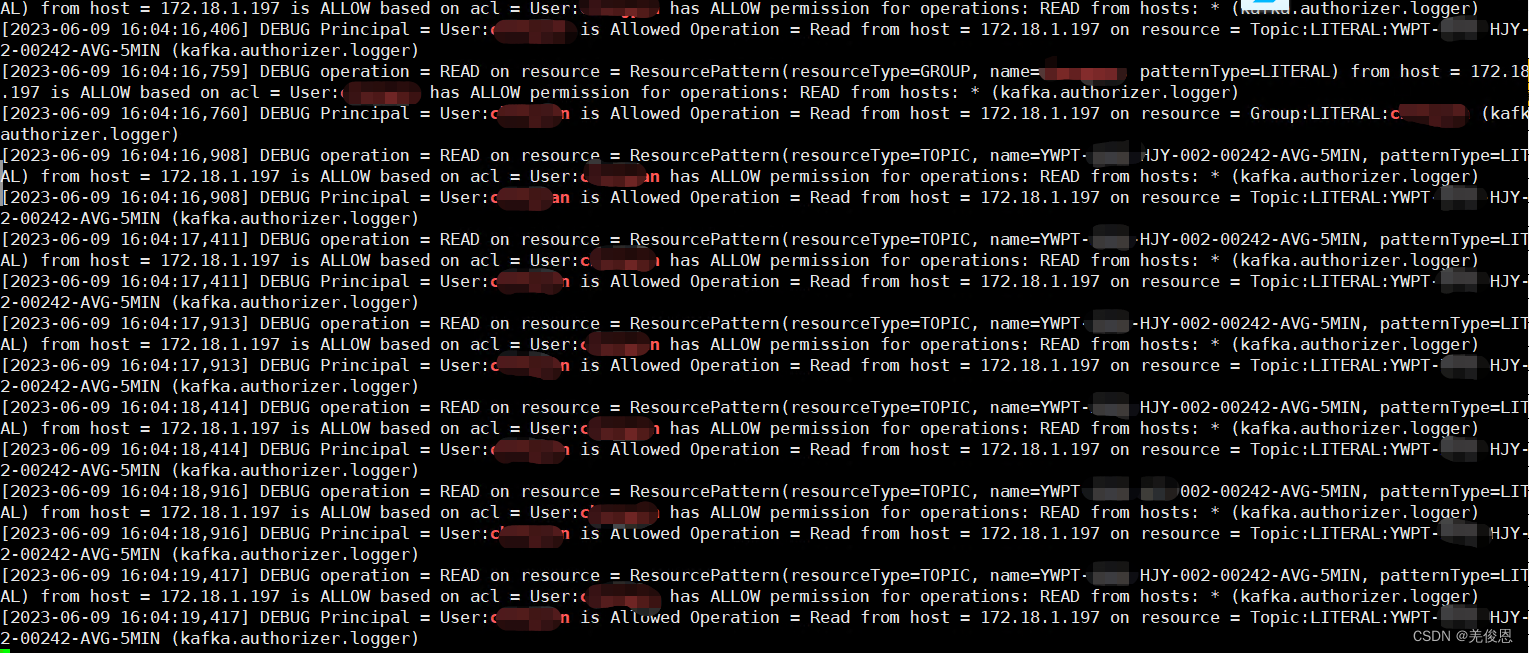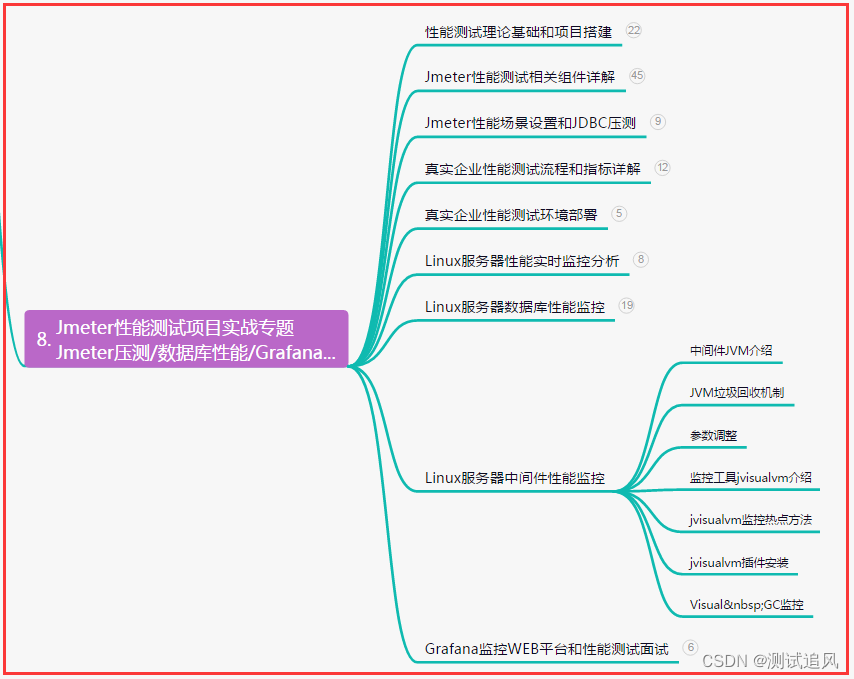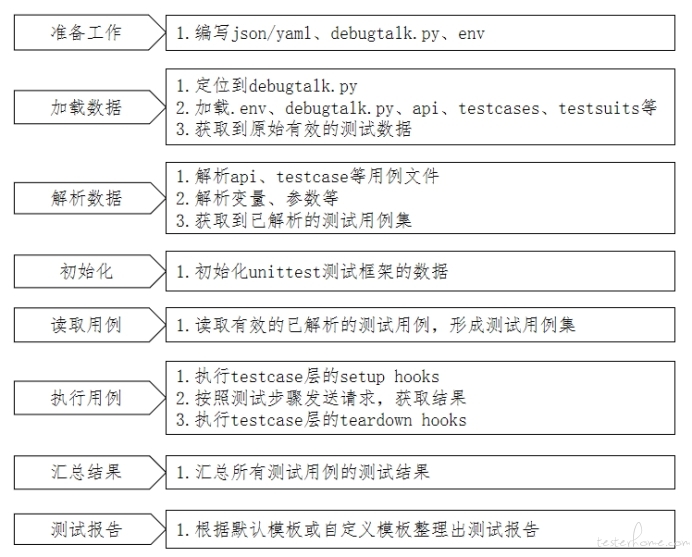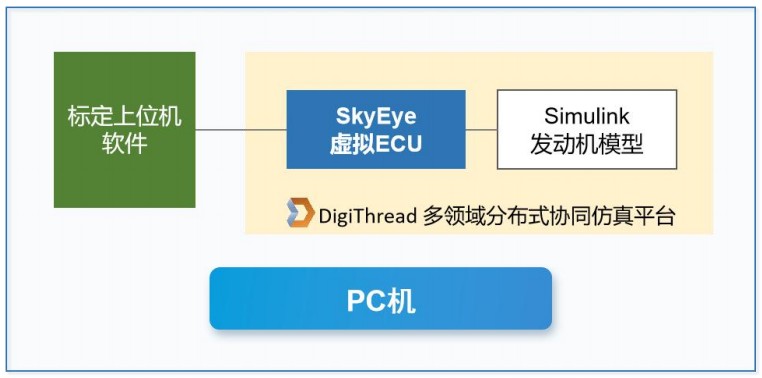目录
一、为什么学习 string 类?
二、标准库中的 string 类
三、C++ STL容器是什么?
四、string 类的成员函数
4.1 - 构造函数
4.2 - 赋值运算符重载
4.3 - 容量操作
4.4 - 遍历及访问操作
4.4.1 - operator[] 和 at
4.4.2 - 迭代器
4.5 - 修改操作
4.6 - 字符串操作
五、string 类的非成员函数重载
六、C++ STL 迭代器详解
6.1 - 迭代器的类别
6.2 - 迭代器的定义方式
一、为什么学习 string 类?
在 C 语言中,字符串是以 '\0' 结尾的一些字符的集合,为了操作方便,C 标准库中提供了一系列的处理字符串的库函数,但是这些库函数与字符串是分离的,不符合 OOP 思想,而且底层空间需要用户自己管理,稍不留神可能还会越界访问。
二、标准库中的 string 类
字符串是表示字符序列的对象。
标准 string 类通过类似于标准字节容器(standard container of bytes)的接口为此类对象提供支持,但添加了专门设计用于处理单字节字符串的功能。
string 类是 basic_string 类模板的一个实例化,该模板使用 char(即字节)作为其 character type,以及使用默认的 char_traits and allocator type(有关模板的详细信息,请参阅 basic_string)。
typedef basic_string<char> string;请注意,此类独立于所使用的编码来处理字节:如果用于处理多字节或可变长度字符(如 UTF-8)的序列,则此类的所有成员(如 length 或 size)及其迭代器仍将以字节(而不是实际编码字符)为单位运行。
三、C++ STL容器是什么?
简单理解,容器就是一些类模板的集合,但和普通类模板不同的是,容器中封装的是组织数据的方法(也就是数据结构)。STL 提供有 3 类标准容器,分别是序列容器、排序容器和哈希容器,其中后两类容器有时也统称为关联容器。它们各自的含义如下表所示:
| 容器种类 | 功能 |
|---|---|
| 序列容器 | 主要包括 vector 向量容器、list 列表容器以及 deque 双端队列容器。之所以被称为序列容器,是因为元素在容器中的位置同元素的值无关,即容器不是排序的。将元素插入容器时,指定在什么位置,元素就会位于什么位置。 |
| 排序容器 | 包括 set 集合容器、multiset 多重集合容器、map 映射容器以及 multimap 多重映射容器。排序容器中的元素默认是由小到大排序好的,即便是插入元素,元素也会插入到适当位置。所以关联容器在查找时具有非常好的性能。 |
| 哈希容器 | C++ 11 新加入 4 种关联容器,分别是 unordered_set 哈希集合、unordered_multiset 哈希多重集合、unordered_map 哈希映射以及 unordered_multimap 哈希多重映射。和排序容器不同,哈希容器中的元素是未排序的,元素的位置由哈希函数确定。 |
注意,由于哈希容器直到 C++ 11 才被正式纳入 C++ 标准程序库,而在此之前,"民间" 流传着 hash_set、hash_multiset、hash_map、hash_multimap 版本,不过这些版本只能在某些支持 C++ 11 的编译器下使用(例如 VS),有些编译器(例如 GCC/G++) 是不支持的。
另外,以上 3 类容器的存储方式完全不同,因此使用不同容器完成相同操作的效率也大不相同。所以在实际使用时,要善于根据想实现的功能,选择合适的容器。
另外,string 类属于标准库,不属于 STL,但它与 STL 容器有很多相似的操作,因此在正式学习 STL 之前,首先学习 string 类。
四、string 类的成员函数
4.1 - 构造函数
default (1) string();
copy (2) string(const string& str);
substring (3) string(const string& str, size_t pos, size_t len = npos);
from c-string (4) string(const char* s);
from buffer (5) string(const char* s, size_t n);
fill (6) string(size_t n, char c);说明:
-
默认构造函数(default constructor):构造一个空的 string 类对象,即空字符串。
-
拷贝构造函数(copy constructor)。
-
拷贝
str的一部分,这部分从字符位置pos开始并跨越len个字符(如果str太短或者len为 string::npos,则拷贝到str的末尾)。npos是公共静态成员常量(public static member constant),值为 size_t 类型数据的最大可能值。static const size_t npos = -1; -
拷贝
s指向的以\0结尾的字符串。 -
从
s指向的字符数组中拷贝前 n 个字符。 -
用 n 个
c字符填充 string 类对象。
示例:
#include <iostream>
#include <string>
using namespace std;
int main()
{
string s1;
cout << s1 << endl; // 空
string s2("hello world");
string s3("hello world", 5);
cout << s2 << endl; // hello world
cout << s3 << endl; // hello
string s4(s2);
string s5(s2, 6, 3);
string s6(s2, 6);
cout << s4 << endl; // hello world
cout << s5 << endl; // wor
cout << s6 << endl; // world
cout << string::npos << endl; // 4294967295(2^32 - 1)
string s7(10, '*');
cout << s7 << endl; // **********
return 0;
}
4.2 - 赋值运算符重载
string (1) string& operator=(const string& str);
c-string (2) string& operator=(const char* s);
character (3) string& operator=(char c);示例:
#include <iostream>
#include <string>
using namespace std;
int main()
{
string s1;
string s2("hello world");
s1 = s2;
cout << s1 << endl; // hello world
s1 = "你好,世界";
cout << s1 << endl; // 你好,世界
s1 = 'A';
cout << s1 << endl; // A
return 0;
}4.3 - 容量操作
length:
size_t length() const;返回字符串有效字符长度。
size:
size_t size() const;size() 和 length() 底层实现原理完全相同,引入 size() 的原因是为了与其他容器的接口保持一致,所以一般情况下基本都是使用 size()。
empty:
bool empty() const;如果字符串的长度为 0,返回 true,否则返回 false。
max_size:
size_t max_size() const;返回字符串可以达到的最大长度。
注意:不同的编译器以及不同的版本实现可能不一样。
capacity:
size_t capacity() const;返回当前为字符串分配的存储空间的大小。
注意:和 max_size() 一样,对于 capacity(),不同的编译器以及不同的版本实现可能也不一样。
clear:
void clear();清空有效字符。
注意:clear() 不改变底层空间的大小。
reserve:
void reserve(size_t n = 0);如果 n 大于当前的字符串容量(capacity),则该函数会让容量增加到 n(或更大)。
在其他所有情况下,缩小容量被视为非约束性请求(a non-blinding request):容器实现可以自由优化,否则,字符串的容量大于 n。
该函数不会对字符串的长度造成任何影响,并且也不会改变字符串的内容。
resize:
void resize(size_t n);
void resize(size_t n, char c);如果 n 大于当前字符串长度,则在末尾插入
'\0'或字符c,在此过程中,可能会改变底层容量的大小。如果 n 小于当前字符串长度,则删除前 n 个字符以外的字符。
示例:
#include <iostream>
#include <string>
using namespace std;
// 测试环境:VS2019
int main()
{
string s("hello world");
cout << s.length() << endl; // 11
cout << s.size() << endl; // 11
cout << s.empty() << endl; // 0
cout << s.max_size() << endl; // 2147483647
cout << s.capacity() << endl; // 15
s.clear();
cout << s.size() << endl; // 0
cout << s.capacity() << endl; // 15
s = "hello world";
// n > capacity
s.reserve(20);
cout << s.capacity() << endl; // 31
// n < capacity
s.reserve(5);
cout << s.capacity() << endl; // 31
s.clear();
s.reserve(5);
cout << s.capacity() << endl; // 15
s = "hello world";
// n > size
s.resize(20, 'x');
cout << s << endl; // hello worldxxxxxxxxx
cout << s.size() << endl; // 20
cout << s.capacity() << endl; // 31
// n < size
s.resize(5);
cout << s << endl; // hello
cout << s.size() << endl; // 5
cout << s.capacity() << endl; // 31
return 0;
}4.4 - 遍历及访问操作
4.4.1 - operator[] 和 at
operator[]:
char& operator[](size_t pos);
const char& operator[](size_t pos) const;at:
char& at(size_t pos);
const char& at(size_t pos) const;operator[]() 和 at() 的功能类似,都是返回字符串中
pos位置处的字符的引用。不同之处在于,当
pos不是合法位置时,operator[]() 会直接报错,而 at() 会抛出 out_of_range 异常。
示例一:
#include <iostream>
#include <string>
using namespace std;
int main()
{
string s("01234");
for (size_t i = 0; i < s.size(); ++i)
{
// s[i] += 5;
// cout << s[i];
s.at(i) += 5;
cout << s.at(i);
}
// 56789
cout << endl;
return 0;
}示例二:
#include <iostream>
#include <string>
using namespace std;
int main()
{
try
{
string s("01234");
// s[10] = 'x'; // 直接报错
s.at(10) = 'x';
}
catch (const exception& e)
{
cout << e.what() << endl; // invalid string position
}
return 0;
}4.4.2 - 迭代器
begin:
iterator begin();
const_iterator begin() const;返回指向字符串第一个字符的迭代器。
end:
iterator end();
const_iterator end() const;返回指向字符串最后一个字符的下一个位置的迭代器。
示例一:
#include <iostream>
#include <string>
using namespace std;
int main()
{
string s1("01234");
for (string::iterator it1 = s1.begin(); it1 != s1.end(); ++it1)
{
*it1 += 5; // 写
cout << *it1; // 读
}
// 56789
cout << endl;
const string s2("01234");
for (string::const_iterator it2 = s2.begin(); it2 != s2.end(); ++it2)
{
// 必须使用 const_iterator,否则权限就放大了
// *it2 += 5; // 不能写
cout << *it2; // 只能读
}
// 01234
cout << endl;
return 0;
}
为了方便,可以使用 auto 关键字:
for (auto it1 = s1.begin(); it1 != s1.end(); ++it1) { ... } for (auto it2 = s2.begin(); it2 != s2.end(); ++it2) { ... }基于范围的 for 循环的内部实现机制还是依赖于迭代器的相关实现:
#include <iostream> #include <string> using namespace std; int main() { string s("01234"); for (char& e : s) // 或者 for (auto& e : s) { ... } { e += 5; cout << e; } // 56789 cout << endl; return 0; }
rbegin:
reverse_iterator rbegin() const;
const_reverse_iterator rbegin() const;返回指向字符串最后一个字符的反向迭代器。
rend:
reverse_iterator rend() const;
const_reverse_iterator rend() const;返回指向字符串第一个字符的前一个位置的反向迭代器。
示例二:
#include <iostream>
#include <string>
using namespace std;
int main()
{
string s("01234");
for (auto it = s.rbegin(); it != s.rend(); ++it)
{
*it += 5;
cout << *it;
}
// 98765
cout << endl;
return 0;
}4.5 - 修改操作
operator+= :
string (1) string& operator+=(const string& str);
c-string (2) string& operator+=(const char* s);
character (3) string& operator+=(char c);append :
string (1) string& append(const string& str);
substring (2) string& append(const string& str, size_t subpos, size_t sublen);
c-string (3) string& append(const char* s);
buffer (4) string& append(const char* s, size_t n);
fill (5) string& append(size_t n, char c);示例一:
#include <iostream>
#include <string>
using namespace std;
int main()
{
string s1;
string s2("hello world");
s1 += s2;
cout << s1 << endl; // hello world
s1 += "xxx";
cout << s1 << endl; // hello worldxxx
s1 += 'y';
cout << s1 << endl; // hello worldxxxy
s1.clear();
s1.append(s2);
cout << s1 << endl; // hello world
s1.append(s2, 6, 3);
cout << s1 << endl; // hello worldwor
s1.append("xxx");
cout << s1 << endl; // hello worldworxxx
s1.append("yyy", 1);
cout << s1 << endl; // hello worldworxxxy
s1.append(2, 'z');
cout << s1 << endl; // hello worldworxxxyzz
return 0;
}insert:
string (1) string& insert(size_t pos, const string& str);
substring (2) string& insert(size_t pos, const string& str, size_t subpos, size_t sublen);
c-string (3) string& insert(size_t pos, const char* s);
buffer (4) string& insert(size_t pos, const char* s, size_t);
fill (5) string& insert(size_t pos, size_t n, char c);
void insert(iterator p, size_t n, char c);
single character (6) iterator insert(iterator p, char c);erase:
sequence (1) string& erase(size_t pos = 0, size_t len = npos);
character (2) iterator erase(iterator p);
range (3) iterator erase(iterator first, iterator last);示例二:
int main()
{
string s1("xxxxxyyyyy");
string s2("hello world");
// cout << s1.insert(5, s2) << endl; // xxxxxhello worldyyyyy
// cout << s1.insert(5, s2, 6, 5) << endl; // xxxxxworldyyyyy
// cout << s1.insert(5, "zzzzz") << endl; // xxxxxzzzzzyyyyy
// cout << s1.insert(5, "zzzzz", 3) << endl; // xxxxxzzzyyyyy
// cout << s1.insert(5, 5, '*') << endl; // xxxxx*****yyyyy
/*
s1.insert(s1.begin() + 5, 5, '*');
cout << s1 << endl; // xxxxx*****yyyyy
*/
s1.insert(s1.begin() + 5, 'Z');
cout << s1 << endl; // xxxxxZyyyyy
// cout << s1.erase(5, 1) << endl; // xxxxxyyyyy
/*
s1.erase(s1.begin() + 5);
cout << s1 << endl; // xxxxxyyyyy
*/
s1.erase(s1.begin() + 5, s1.end()); // [first, last)
cout << s1 << endl; //
return 0;
}4.6 - 字符串操作
c_str:
const char* c_str() const;返回一个指向字符数组的指针,该数组包括构成 string 类对象的字符序列,以及在末尾符加的
'\0'。
find:
string (1) size_t find(const string& str, size_t pos = 0) const;
c-string (2) size_t find(const char* s, size_t pos = 0) const;
buffer (3) size_t find(const char* s, size_t pos, size_t n) const;
character (4) size_t find(char c, size_t pos = 0) const;rfind:
string (1) size_t rfind(const string& str, size_t pos = npos) const;
c-string (2) size_t rfind(const char* s, size_t pos = npos) const;
buffer (3) size_t rfind(const char* s, size_t pos, size_t n) const;
character (4) size_t rfind(char c, size_t pos = npos) const;substr:
string substr(size_t pos = 0, size_t len = npos) const;示例:
#include <iostream>
#include <string>
using namespace std;
// URL(Uniform Resource Locator):全球资源定位器
// protocol:协议
// domain name:域名
// URI(Uniform Resource Identifier):统一资源标识符
int main()
{
string url("https://legacy.cplusplus.com/reference/string/string/");
size_t begin1 = 0;
size_t end1 = url.find("://", begin1);
string protocol;
if (end1 != string::npos)
{
protocol = url.substr(begin1, end1 - begin1);
cout << protocol << endl; // https
}
size_t begin2 = end1 + 3;
size_t end2 = url.find('/', begin2);
string domainName, uri;
if (end2 != string::npos)
{
domainName = url.substr(begin2, end2 - begin2);
uri = url.substr(end2 + 1);
cout << domainName << endl; // legacy.cplusplus.com
cout << uri << endl; // reference/string/string/
}
return 0;
}五、string 类的非成员函数重载
| 函数名称 | 功能说明 |
|---|---|
| operator+ | Concatenate strings(尽量少用,因为是传值返回) |
| relational operators | Relational operators for string |
| swap | Exchanges the value of two strings |
| operator>> | Extract string from stream |
| operator<< | Insert string into stream |
| getline | Get line from stream into string |
六、C++ STL 迭代器详解
无论是序列容器还是关联容器,最常做的操作无疑是遍历容器中存储的元素,而实现此操作,多数情况会选用 "迭代器(iterator)" 来实现。那么,迭代器到底是什么呢?
我们知道,尽管不同容器的内部结构各异,但它们本质上都是用来存储大量数据的,换句话说,都是一串能存储多个数据的存储单元。因此,诸如数据的排序、查找、求和等需要对数据进行遍历的操作方法应该是类似的。
既然类似,完全可以利用泛型技术,将它们设计成适用所有容器的通用算法,从而将容器和算法分离开。但实现此目的需要有一个类似中介的装置,它除了要具有对容器进行遍历读写数据的能力之外,还要能对外隐藏容器的内部差异,从而以统一的界面向算法传送数据。这是泛型思维发展的必然结果,于是迭代器就产生了。
简单来讲,迭代器和指针非常类似,它可以是需要的任意类型,通过迭代器可以指向容器中的某个元素,如果需要,还可以对元素进行读/写操作。
6.1 - 迭代器的类别
STL 为每一种标准容器定义了一种迭代器类型,这意味着,不同容器的迭代器不同,其功能强弱也有所不同。
容器的迭代器的功能强弱,决定了该容器是否支持 STL 中的某种算法。
常用的迭代器按功能强弱分为输入迭代器、输出迭代器、前向迭代器、双向迭代器、随机访问迭代器 5 种。
输入迭代器和输出迭代器比较特殊,它们不是把数组或容器当作操作对象,而是把输入流/输出流作为操作对象。有关这 2 个迭代器,我们会在后续的学习中做详细介绍。
-
前向迭代器(forward iterator):
假设 p 是一个前向迭代器,则 p 支持
++p,p++,*p操作,还可以被复制或赋值,可以用 == 和 != 运算符进行比较。此外,两个正向迭代器还可以相互赋值。 -
双向迭代器(bidirectional iterator):
双向迭代器具有前向迭代器的全部功能,除此之外,假设 p 是一个双向迭代器,则还可以进行
--p或者p--操作(即一次向后移动一个位置)。 -
随机访问迭代器(random access iterator):
随机访问迭代器具有双向迭代器的全部功能,除此之外,假设 p 是一个随机访问迭代器,
i是一个整型变量或常量,则 p 还支持以下操作:-
p += i;即使得 p 往后移动i个元素。 -
p -= i;即使得 p 往前移动i个元素。 -
p + i;即返回 p 后面第i个元素的迭代器。 -
p - i;即返回 p 前面第i个元素的迭代器。 -
p[i];即返回 p 后面第i个元素的引用。
此外,两个随机访问迭代器 p1、p2 还可以用 <、>、<=、>= 运算符进行比较。另外,表达式 p2 - p1 也是有定义的,其返回值表示 p2 所指元素和 p1 所指元素的序号之差(也可以说是 p2 和 p1 之间的元素减一)。
-
C++ 11 标准中不同容器指定使用的迭代器类型:
| 容器 | 对应的迭代器类型 |
|---|---|
| array | 随机访问迭代器 |
| vector | 随机访问迭代器 |
| deque | 随机访问迭代器 |
| list | 双向迭代器 |
| set/ multiset | 双向迭代器 |
| map/ multiset | 双向迭代器 |
| forward_list | 前向迭代器 |
| unordered_map/ unordered_multimap | 前向迭代器 |
| unordered_set/ unordered_multiset | 前向迭代器 |
| stack | 不支持迭代器 |
| queue | 不支持迭代器 |
注意,容器适配器 stack 和 queue 没有迭代器,它们包含有一些成员函数,可以用来对元素进行访问。
6.2 - 迭代器的定义方式
尽管不同容器对应着不同类别的迭代器,但这些迭代器有着较为统一的定义方式,具体分为 4 种,如下表所示:
| 迭代器定义方式 | 具体格式 |
|---|---|
| 正向迭代器 | 容器类名::iterator 迭代器名; |
| 常量正向迭代器 | 容器类名::const_iterator 迭代器名; |
| 反向迭代器 | 容器类名::reverse_iterator 迭代器名; |
| 常量反向迭代器 | 容器类名::const_reverse_iterator 迭代器名; |
反向迭代器全称为 "反向迭代器适配器",在后续学习中会做详细讲解,这里只需要知道其用法即可。
通过定义以上几种迭代器,就可以读取它指向的元素,*迭代器名 就表示迭代器指向的元素。其中,常量迭代器和非常量迭代器的分别在于,通过非常量迭代器还能修改其指向的元素。另外,反向迭代器和正向迭代器的区别在于:
-
对正向迭代器进行 ++ 操作时,迭代器会指向容器中的后一个元素;
-
而对反向迭代器进行 ++ 操作时,迭代器会指向容器中的前一个元素。
注意,以上 4 种定义迭代器的方式,并不是每个容器都适用。有一部分容器同时支持以上 4 种方式,比如 array、deque、vector;而有些容器只支持其中部分的定义方式,例如 forward_list 容器只支持定义正向迭代器,不支持定义反向迭代器。
具体容器支持定义迭代器的方式,讲具体容器时会详细说明。另外,读者也可以通过 C++ STL 标准手册,查询具体容器迭代器支持的定义方式。
